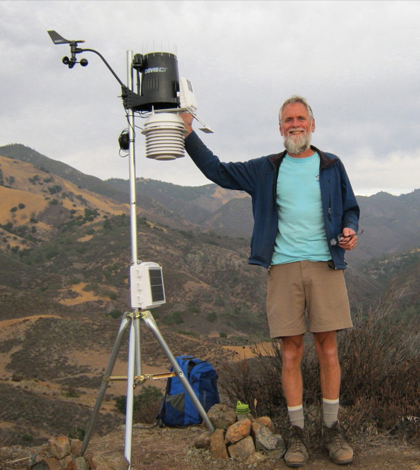Southern sea slugs sweep north in California

The Hopkin’s rose sea slug has appeared in coastal tide pools far north of its typical California range in the state’s south, according to a researcher at University of California, Santa Barbara’s Marine Science Institute. The scientist, Jeff Goddard, has called the advance an “exceptional population bloom” in a talk with The Bottom Line student newspaper.
The cause of the advance is most likely a weak El Niño effect that is leading to a shift in ocean conditions along the California coast. While the new presence of the slugs so far north may not have big effects on the ecosystem there, Goddard says the conditions that brought them most likely will.
“We have seen blooms of this nudibranch (sea slug) in past strong El Niños, but the significant event to me was the 1977 climate shift,” said Goddard to The Bottom Line. “That year was not a strong El Niño, but it turned out to mark a decadal shift in ocean climate. I equate the current (bloom) more with that.”
Some of the impacts associated with ocean changes that are bringing the slugs include shifts in plankton and bryozoa food sources, Goddard tells the student paper. Small creatures that the slugs feed on, as well as kelp beds and animals up the food chain, like salmon and waterfowl, will be affected by the slugs’ arrival.
Top image: Scientist Jeff Goddard is studying the far reaching presence of sea slugs. (Courtesy of Dr. Jeff Goddard)





0 comments